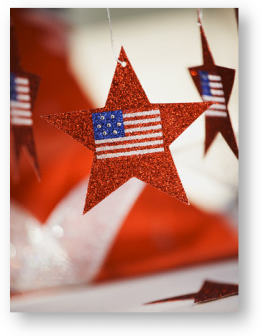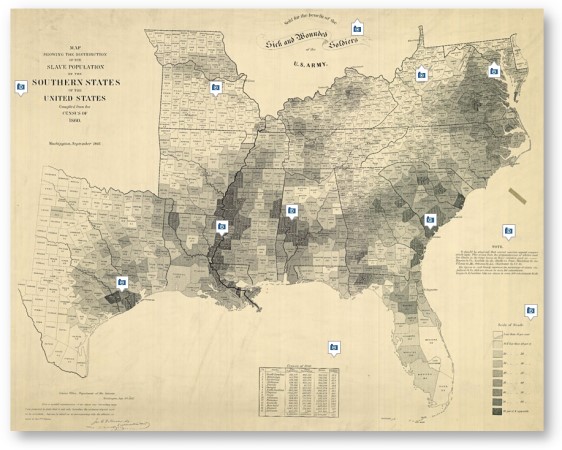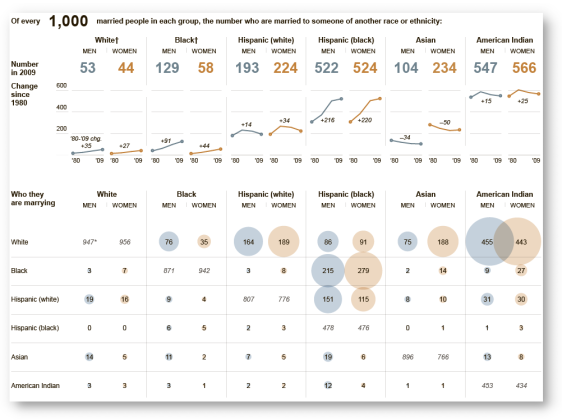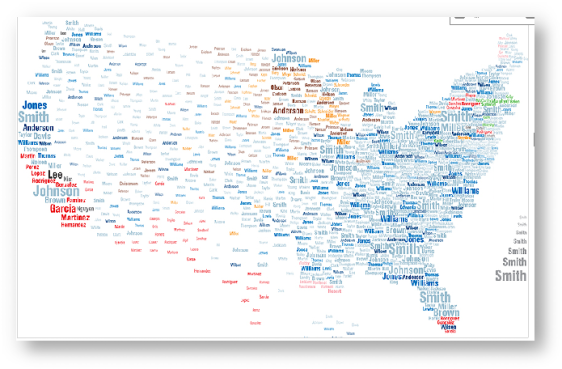As many of you have undoubtedly heard about already, there has been a series of racist incidents at the University of California San Diego (UCSD) recently. It was first sparked by a fraternity party held off-campus with a “Compton Cookout” theme in which attendees “celebrated” Black History Month by dressing up in ghetto costumes and imitating racist caricatures of Blacks. As one of their fliers put it, “For those of you who are unfamiliar with ghetto chicks — Ghetto chicks usually have gold teeth, start fights and drama, and wear cheap clothes.”
As news of this event became publicized and as various members of the UCSD community expressed their outrage, a student-run radio station and newspaper further flamed the tensions by airing a live segment on closed-circuit television in which they expressed their support for the frat party and called the African American students protesting it “ungrateful niggers.”
There followed a series of protests and marches where participants demanded that UCSD’s administration take immediate and decisive steps to improve the campus’ racial climate. After listening to and accepting many of the protesters’ demands (although giving few details about how they will be eventually implemented), the administration organized a teach-in on racial tolerance to publicly address the issues. However, hundreds of attendees of this teach-in walked out, calling the event an inadequate response.
Most recently, a noose was found at the university library. A student of color subsequently admitted to playing with some rope, fashioning the noose and “inadvertently” leaving it at the library. Her apology reads in part: “As a minority student who sympathizes with the students that have been affected by the recent issues on campus, I am distraught to know that I have unintentionally added to their pain.”
The students note that only 1.3% of UCSD’s student population are African American (believed to be the lowest of all the University of California campuses) and that as illustrated by these recent events, there is a climate of ignorance and hostility in which African American students do not feel welcomed or even safe around campus and where their history and culture are routinely ignored, marginalized, or ridiculed.
Unfortunately, these kinds of racial incidents are not new nor isolated incidents (thanks, Lisa and Gwen at Sociological Images). Not only have I written about other similar incidents but as just the latest example of this kind of climate of ignorance and intolerance directed against students of color on college campuses, some cotton balls were recently found scattered in front of the Black Cultural Center at Missouri University. For many, the cotton balls symbolizes the racist legacy of slavery and racial subordination of African Americans. Along the same lines and as a second latest example, an Arizona congressman recently asserted that African Americans were better off under slavery than today.
Beyond feeling profoundly sad and depressed about the state of race relations in this country, what should we make of these incidents?
My colleagues at Racism Review quote activist Tim Wise in analyzing in depth the sociological meanings and implications of these kinds of incidents. I would only add and emphasize that for me, these incidents serve to highlight the utter failure of colorblindness and the tragic belief that if we just don’t acknowledge or talk about race and racial differences in American society that racism will just magically go away.
I’ve written about this on numerous occasions but for those who want to hear from someone else, Wired magazine’s blog cites a recent study that further describes the fallacies of trying to be colorblind:
What Bronson and Merryman discovered, through various studies, was that most white parents don’t ever talk to their kids about race. The attitude (at least of those who think racism is wrong) is generally that because we want our kids to be color-blind, we don’t point out skin color. We’ll say things like “everybody’s equal†but find it hard to be more specific than that.
If our kids point out somebody who looks different, we shush them and tell them it’s rude to talk about it. We think that simply putting our kids in a diverse environment will teach them that diversity is natural and good. And what are they learning? Here are a few depressing facts: Only 8% of white American high-schoolers have a best friend of another race. (For blacks, it’s about 15%.) The more diverse a school is, the less likely it is that kids will form cross-race friendships. 75% of white parents never or almost never talk about race with their kids.
That is, simply exposing a White child to racial diversity is not enough. Merely expressing generalized respect for racial diversity is not enough. This is because in keeping matters on a general level, racial differences and history get “watered down” and children do not understand why, despite the fact that we’re all supposed to be equal, Blacks and other people of color occupy different statuses and are portrayed in stereotypical ways in the media, which they inevitably are exposed to.
In other words, without a detailed and specific understanding of racial discrimination, children then just assume that it’s because individual Blacks and persons of color are entirely responsible for their subordinate status and have “earned” the scorn, prejudice, and hostility directed at them, not to mention being blind to the subtle privileges they enjoy as being part of the White majority. Ultimately, the assumption becomes, “Since American society is supposed to be equal, why aren’t you successful? What are you doing wrong?”
If we as a society are going to make any headway in alleviating this climate of racial ignorance and intolerance, the first place to start is to simply acknowledge race as a fundamental social distinction in American society. Only from this specific understanding of how racism works can we then begin addressing the consequences of racism.
~~~~~~~~~~~~~~~~~~~~~~~~~~~~~~~~~~~~~~
Update: MSNBC reports that last night, a KKK-style hood was found on a statue outside the main UCSD library:
A university statement said the hood was found about 11 p.m. Monday. The object appeared to be a white pillowcase that had been crudely fashioned into a hood with a hand-drawn symbol. A rose had also been inserted into the statue’s fingers. The university said an aggressive investigation was under way, including fingerprint and DNA analysis, and vowed to punish the culprits to the fullest extent of the law.






